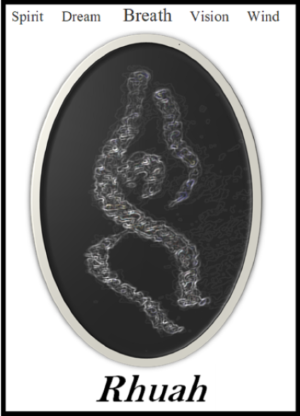The majority of my post graduate learning has been focused on Post Traumatic Stress (PTSD) therapies. Keeping up to date on new research and approaches for PTSD has been a great interest of mine. Brainspotting is a more recent PTSD specialization. The majority of my post graduate learning has been focused on Post Traumatic Stress (PTSD) therapies. Keeping up to date on new research and approaches for PTSD has been a great interest of mine. Brainspotting is a more recent PTSD specialization.
I received my BSP phase 1 training from Dr Pie Frey (https://drpiefrey.com), my BSP phase 2 from Dr Mark Grixti (https://www.bspuk.co.uk/trainers), my BSP phase 3 from David Grand and attended a Master class with David Grand. I received additional training in attachment focussed Brainspotting with children, and Brainspotting & Addictions from Roby Abeles .
I am a member of the Brainspotting Canada Association (https://www.brainspottingcanada.com ).

Brainspotting Explained
“Brainspotting Therapy™ (BSP) is a therapeutic process that uses specific points in the client’s visual field to access unprocessed trauma in the subcortical brain. BSP uses relevant eye positions, somatic awareness, focused mindfulness and the therapist’s attunement to process and release the stored traumas which underlie a wide range of emotional and physical problems. It is a brain-body based treatment which integrates well with other types of therapies.
Often brainspotting is used in conjunction with bilateral sound – music or nature sounds which move back and forth between right and left ears, which balances activation of the right and left brain hemispheres and activates the parasympathetic, or calming, part of the nervous system. Brainspotting therapy was developed in 2003 by Dr David Grand, an EMDR therapist and relational analyst. There are now over 12,500 BSP therapist trained over six continents, with about 50 trainers worldwide. In Canada, the number of brainspotting therapists is starting to grow.

Brainspotting Therapy uses the brain’s and body’s natural ability to self-scan and to self-heal, or move back to a state of equilibrium. When a brainspot is activated, the deep brain appears to reflexively signal the therapist that a neural network holding unprocessed trauma has been found.
Trauma can be processed while connecting to either distressed or calm areas within the body. BSP Therapy can allow the client to move quickly through processing of the trauma in a contained and supported way. Because the processing occurs mostly in the subcortical brain, this may happen with less talking than in traditional talk therapy. It is common for clients to experience both rapid relief of distress and profound insights.” (https://www.brainspottingcanada.com/brainspotting-explained)

